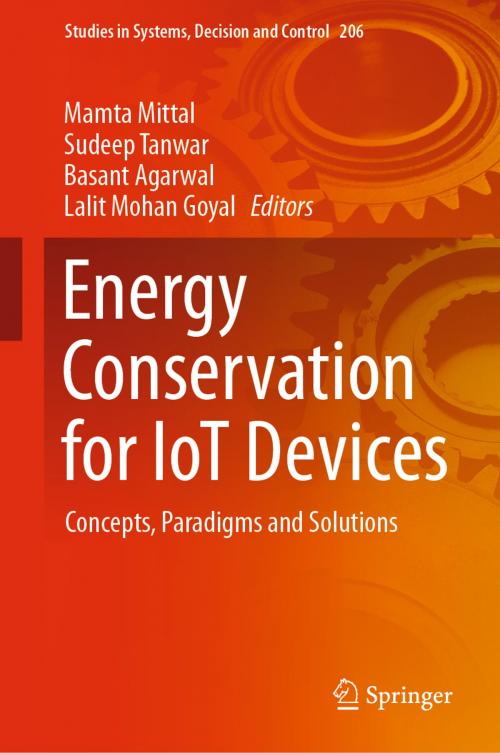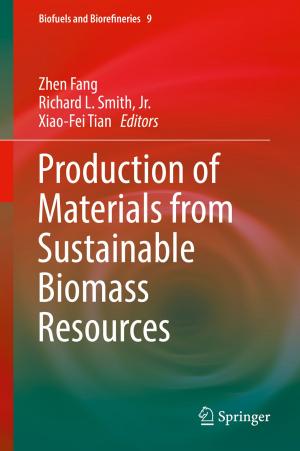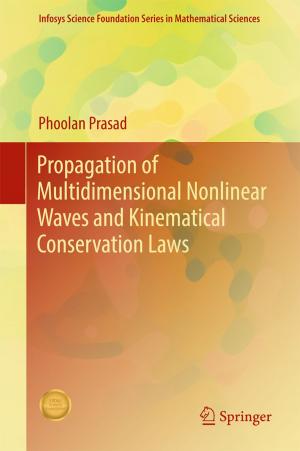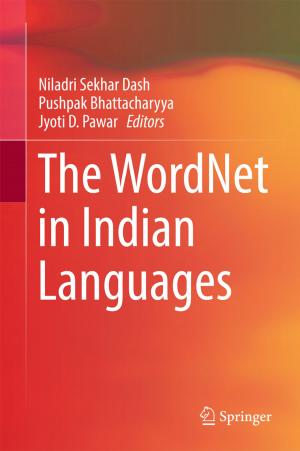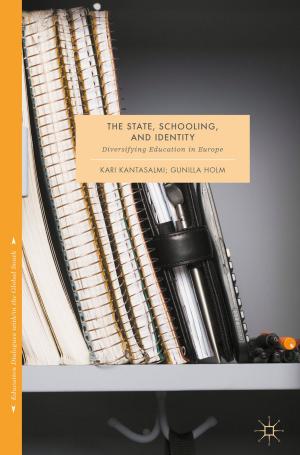Energy Conservation for IoT Devices
Concepts, Paradigms and Solutions
Nonfiction, Science & Nature, Technology, Automation, Computers, Advanced Computing, Artificial Intelligence, General Computing| Author: | ISBN: | 9789811373992 | |
| Publisher: | Springer Singapore | Publication: | May 21, 2019 |
| Imprint: | Springer | Language: | English |
| Author: | |
| ISBN: | 9789811373992 |
| Publisher: | Springer Singapore |
| Publication: | May 21, 2019 |
| Imprint: | Springer |
| Language: | English |
This book addresses the Internet of Things (IoT), an essential topic in the technology industry, policy, and engineering circles, and one that has become headline news in both the specialty press and the popular media. The book focuses on energy efficiency concerns in IoT and the requirements related to Industry 4.0. It is the first-ever “how-to” guide on frequently overlooked practical, methodological, and moral questions in any nations’ journey to reducing energy consumption in IoT devices.
The book discusses several examples of energy-efficient IoT, ranging from simple devices like indoor temperature sensors, to more complex sensors (e.g. electrical power measuring devices), actuators (e.g. HVAC room controllers, motors) and devices (e.g. industrial circuit-breakers, PLC for home, building or industrial automation). It provides a detailed approach to conserving energy in IoT devices, and comparative case studies on performance evaluation metrics, state-of-the-art approaches, and IoT legislation.
This book addresses the Internet of Things (IoT), an essential topic in the technology industry, policy, and engineering circles, and one that has become headline news in both the specialty press and the popular media. The book focuses on energy efficiency concerns in IoT and the requirements related to Industry 4.0. It is the first-ever “how-to” guide on frequently overlooked practical, methodological, and moral questions in any nations’ journey to reducing energy consumption in IoT devices.
The book discusses several examples of energy-efficient IoT, ranging from simple devices like indoor temperature sensors, to more complex sensors (e.g. electrical power measuring devices), actuators (e.g. HVAC room controllers, motors) and devices (e.g. industrial circuit-breakers, PLC for home, building or industrial automation). It provides a detailed approach to conserving energy in IoT devices, and comparative case studies on performance evaluation metrics, state-of-the-art approaches, and IoT legislation.
